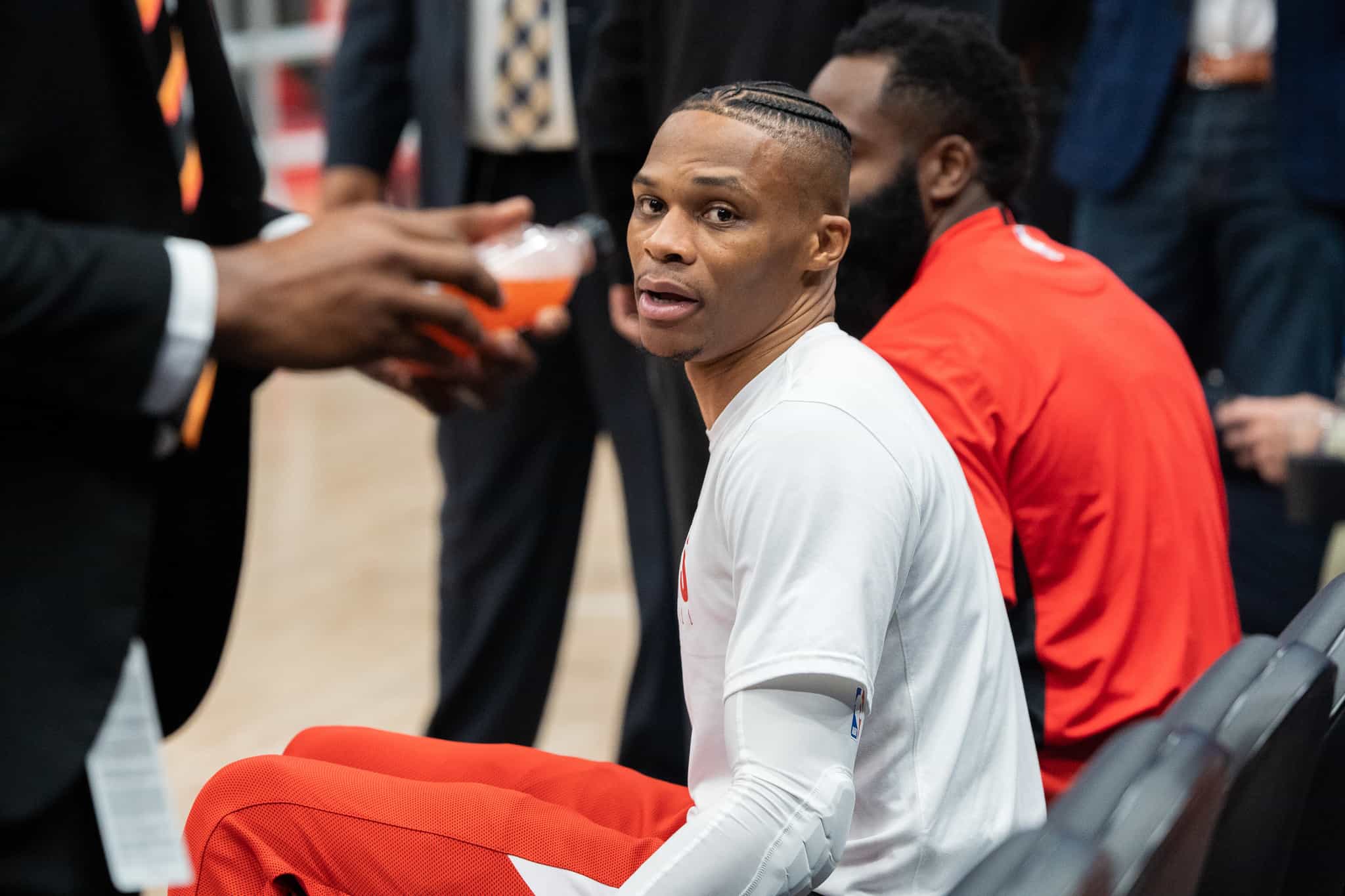The NBA is a demanding league — 30 teams face off in 82 regular-season matches within six months. This amounts to around three games per week. Information about training demands and pre-game regimes is not readily available to the public. To put things in perspective, the LA Clippers have 15 back-to-back games in the 2022–2023 season. Even worse, last season, they competed in five games within seven nights.
Unarguably, a season this intense can take a toll on anyone. To combat this, teams have developed a way to deal with the large physical costs of competition. They use a process called load management.
Following this strategy, a team can rest healthy players under the guise of injury so that their skills can be conserved for future matches. Load management is one of the NBA’s most contentious issues. Heated arguments exist on both sides — losing can come at the cost of steep fines for those involved.
Why do players need it?
NBA folklore and sports science collide when discussing load management. Yes, championship games can determine success, but the stress that the NBA schedule puts on players is no joke. Live games are the tip of the iceberg when it comes to basketball training. Skill sessions, warm ups, team practices, cardio, postgame routines, long flights, and little-to-no sleep set the stage for each major league match. The biometric data of a player is corroborated when determining the likelihood of using load management. It is a method that has been used for years, but the formal term was popularized in the 2017–2018 season, when Joel Embiid from the Philadelphia 76ers sat out of his matches due to an injury.
For the 2019 Toronto Raptors team, the decision to rest Kawhi Leonard was a blessing in disguise. After playing only 60 regular season games, Leonard led the Raptors to victory, being named the NBA Finals MVP after a stunning match.
Buying tickets: how do I choose?
This season, the conversation about load management has hit a flashpoint. Kevin Durant, Stan Van Gundy, and Steph Curry are among the players weighing in, and media outlets have provided their opinions too. A former NBA player and current analyst on TNT, Charles Barkley, criticized these players, since they earn $40 to $50 million yet act “like they’re steel mill workers.”
Charles Barkley weighs in on load management in the NBA:
"You can't make $30, $40, $50 million and then sit out games. I think it's disrespectful to the game, I think it's disrespectful to the fans." pic.twitter.com/WLFTnhRCV7
— First Take (@FirstTake) February 27, 2023
It’s understandable that some fans may be disappointed watching their favourite player in the league sitting on the bench during a match they paid for. Recently, Denver Nuggets’ Nikola Jokić did not play in a game against the Milwaukee Bucks’ Giannis Antetokounmpo. This was a much-anticipated match up since, together, the two players have won the past four MVP awards.
But, sometimes, coaches should rest players, because the alternative is chronic fatigue or serious injury risk. The Golden State Warriors Coach Steve Kerr wants to push for a 72-game season instead of 82 to avoid these situations.
Fortunately, there is a way to predict when your favourite player may not be playing. The data suggests that nearly two thirds of games a player missed in 2018–2019 were during back-to-back matches. Fans who are eager to watch someone play can use this to choose which tickets to select. Kawhi Leonard missed 17 games in the last two seasons, and 13 were because of back-to-back matches.
If you see your team overloaded with games, the chances are the most celebrated player may only be playing against the most challenging opponent. Of course, this doesn’t always hold, as displayed by Lebron James sitting out of a nationally televised game against Golden State in February of 2019 because of a groin strain. Regardless, this basic strategy can be beneficial for fans who may feel bamboozled by players opting out.
The NBA should do something
Basketball is a unique team sport for many reasons. With only five people per team on the court — who are without protective gear and thus very close to fans — it’s easy to get attached. A star-studded league with star-driven campaigns needs its elite players to reel in throngs of fans. The conversation is not only about viewership or health, but about prioritizing both fans and players. Reducing schedules, minimizing back-to-back games, and addressing the outcry are examples of available solutions. Simply put, the NBA needs to step up.


